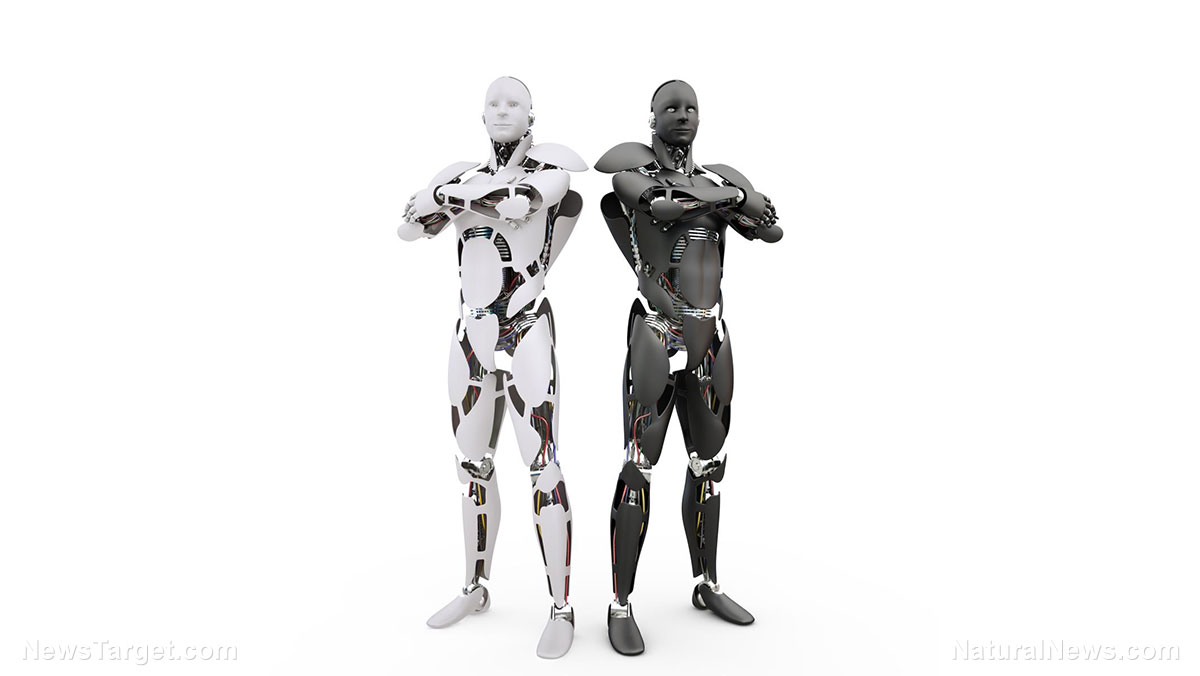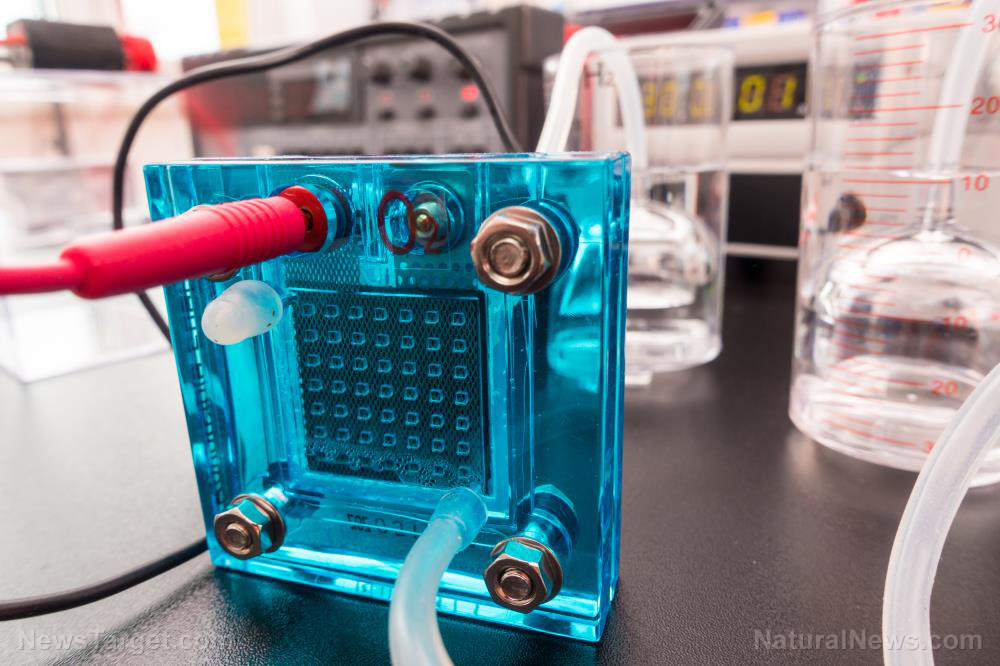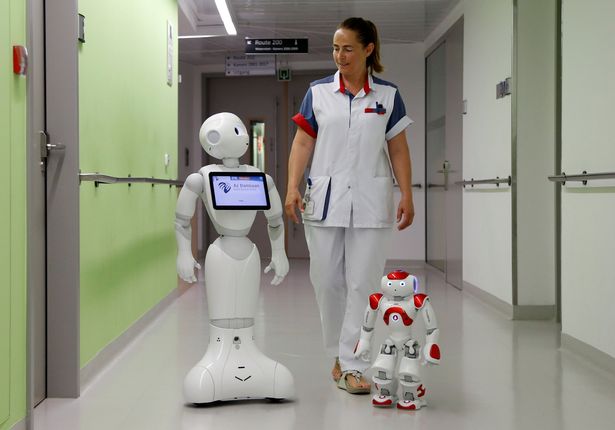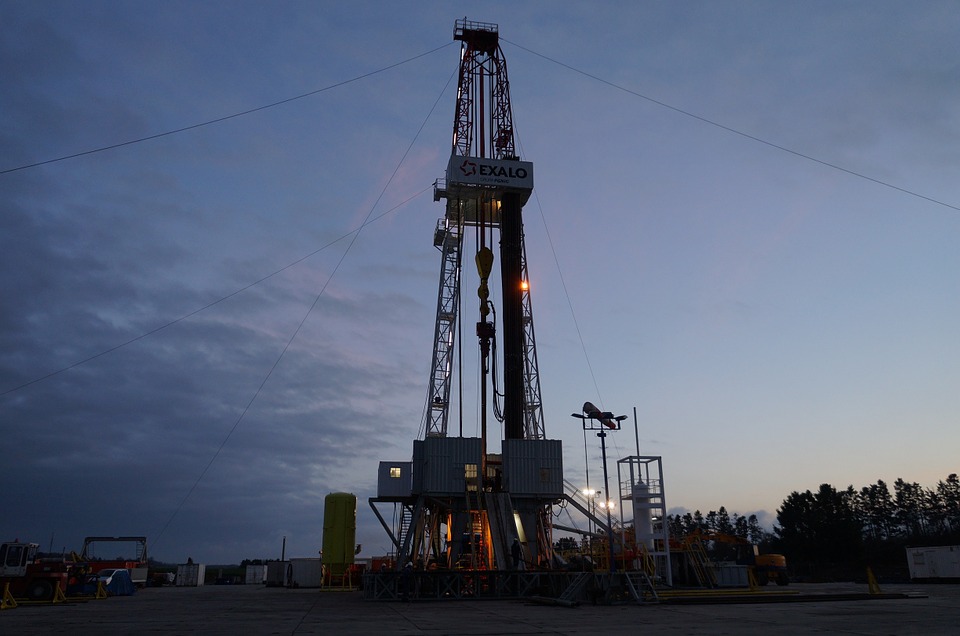John Deere’s autonomous revolution: A new era for farming and beyond
01/10/2025 / By Willow Tohi
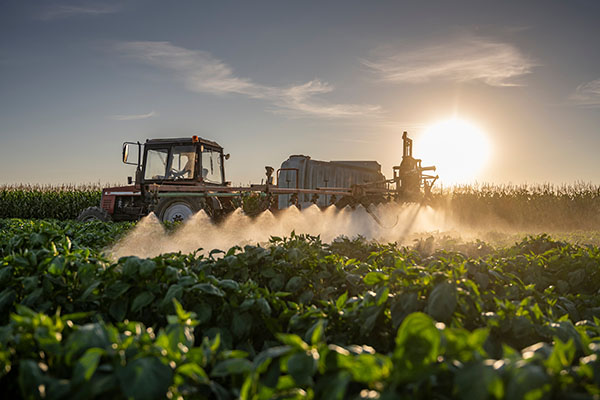
- The company has launched a range of autonomous tractors and work vehicles, aiming to revolutionize agriculture and other industries.
- John Deere plans to introduce a fully autonomous corn and soybean farming system by 2030, addressing labor shortages and increasing productivity.
- The company is developing specialized autonomous tractors for tasks like spraying nut orchards, as well as expanding into construction and landscaping with autonomous dump trucks and lawnmowers.
- The latest Autonomy 2.0 system uses 16 cameras for a 360-degree view and can operate at speeds of up to 12 mph, 40 percent faster than previous models.
- By automating repetitive tasks, John Deere aims to improve efficiency, safety and sustainability in agriculture and construction, while also addressing labor shortages.
In a bold move that could redefine the future of agriculture, John Deere has unveiled a groundbreaking lineup of autonomous tractors and work vehicles, signaling a seismic shift in how farming and other industries operate. With plans to introduce a fully autonomous corn and soybean farming system by 2030, the company is doubling down on its commitment to cutting-edge technology, aiming to address labor shortages and boost productivity across multiple sectors.
At the heart of this innovation is John Deere’s vision of “full autonomy,” where machines operate entirely on their own, without human intervention. Jahmy Hindman, the company’s chief technology officer, emphasized this commitment during a presentation at the Consumer Electronics Show (CES) in Las Vegas. “When we talk about autonomy, we mean full autonomy,” Hindman stated. “No one’s in the machine.”
This vision is already becoming a reality. John Deere’s first autonomous tractor, introduced in 2022, is currently being used by farmers across the United States to prepare soil for planting. Building on this success, the company is expanding its autonomous fleet to include a range of vehicles designed for diverse applications, from agriculture to construction and landscaping.
A game-changer for agriculture
One of the most significant advancements is the development of driverless tractors tailored for specialized tasks, such as spraying nut orchards with pesticides, growth regulators and nutrients. These tractors are expected to be a boon for California’s nut farming industry, which has been grappling with labor shortages in recent years. By automating repetitive and labor-intensive tasks, John Deere aims to help farmers maximize efficiency and reduce reliance on human labor.
Looking ahead, the company has set an ambitious goal of creating a fully autonomous corn and soybean farming system by 2030. This system would integrate advanced technologies, including AI-driven perception systems and real-time data analytics, to optimize every aspect of crop production.
Beyond the farm: autonomous dump trucks and lawnmowers
John Deere’s autonomous ambitions extend far beyond agriculture. The company is developing an articulated dump truck capable of carrying more than 92,000 pounds, designed to operate safely and efficiently in quarries and construction sites. This vehicle is expected to improve safety and productivity by eliminating the need for human operators in hazardous environments.
In the commercial landscaping sector, John Deere is introducing an autonomous lawnmower tailored for environments like office parks and corporate campuses. Willy Pell, CEO of Blue River Technology, a subsidiary of John Deere, highlighted the potential of this technology to address labor challenges in the landscaping industry. “The use cases we have, the tech just really fits these environments so well,” Pell said.
The technology behind the revolution
At the core of John Deere’s autonomous systems is a sophisticated perception technology that uses stereoscopic cameras to create a detailed, real-time view of the environment. The latest iteration, dubbed Autonomy 2.0, features 16 cameras mounted on the tractor cab, providing a 360-degree view and enabling the machine to operate at speeds of up to 12 mph—40 percent faster than previous models.
This advanced perception system, combined with rugged graphics processing units (GPUs), allows the tractors to process visual data locally, ensuring quick decision-making even in challenging conditions. The system has been rigorously tested in tens of thousands of scenarios to ensure safety and reliability.
A future of efficiency and sustainability
John Deere’s push toward autonomy is not just about replacing human labor; it’s about creating smarter, more efficient systems that can adapt to the unique challenges of modern agriculture and beyond. By leveraging decades of technological innovation, the company is positioning itself as a leader in the autonomous machinery market.
The rollout of Autonomy 2.0 will begin with a limited release for tillage applications in spring 2025, followed by a full release in 2026. Farmers will be able to retrofit existing tractors with the new system, ensuring compatibility with a wide range of equipment.
As John Deere continues to innovate, the implications for the agricultural and construction industries are profound. With autonomous machines taking on more tasks, farmers and businesses can focus on higher-level decision-making, while also addressing labor shortages and improving productivity.
The future of farming – and beyond – is here, and it’s autonomous. John Deere’s bold vision is not just a technological leap; it’s a promise of a more efficient, sustainable and innovative future for industries worldwide.
Sources include:
Submit a correction >>
Tagged Under:
farmers, farming, food supply, future tech, Glitch, harvest, John Deere, robocar, robocars, robotics, robots, sustainability, technology, world agriculture
This article may contain statements that reflect the opinion of the author
RECENT NEWS & ARTICLES
COPYRIGHT © 2017 INVENTIONS NEWS





